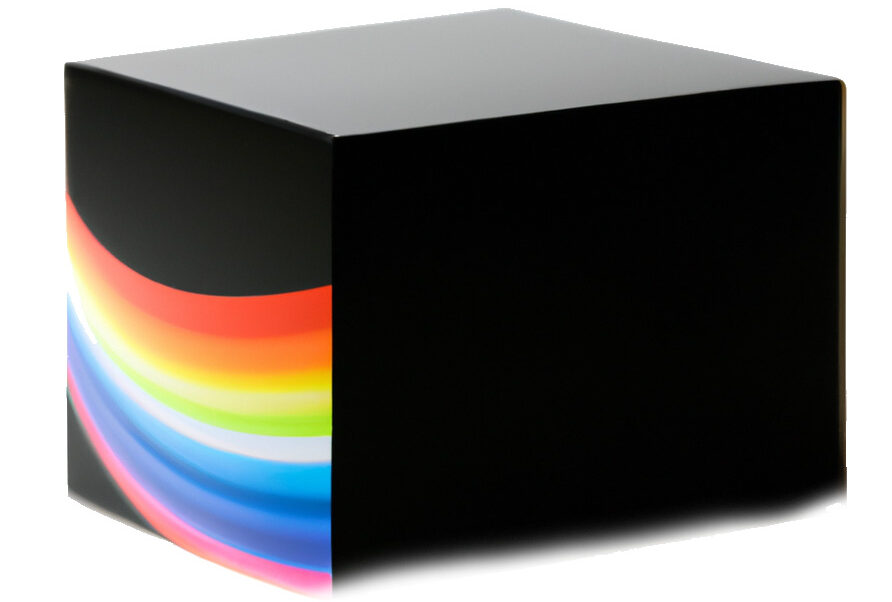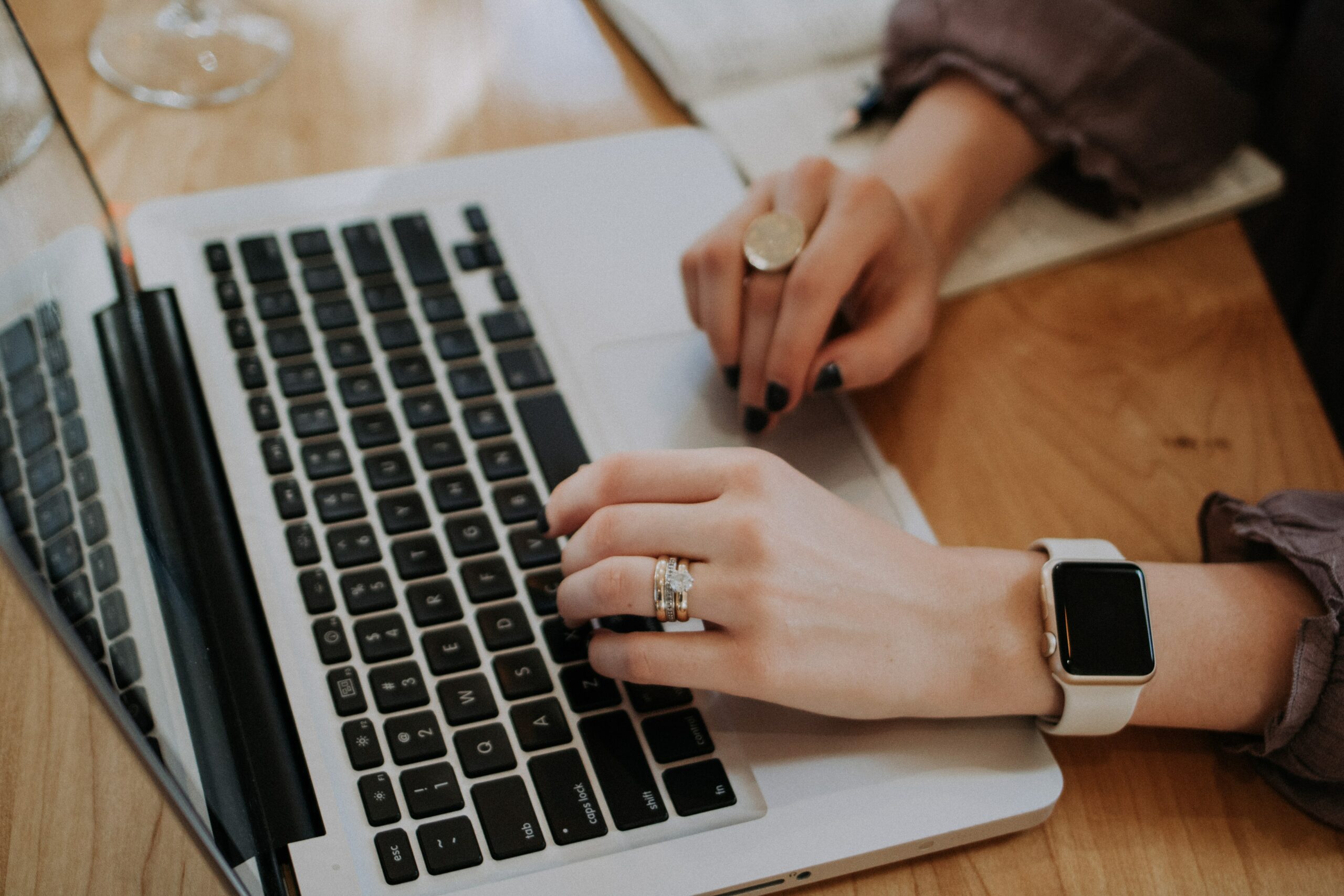One of the hottest topics in generative AI is the copyright status of images and other outputs created using generative systems like DALL-E. If you enter a prompt into such a system and create an image from it, do you have any copyright rights in that image?
If you want answers to an emerging topic like this, it helps to go right to the source. Last week, Shira Perlmutter, the US Register of Copyrights (Director of the Copyright Office) spoke at the International Digital Media Licensing Conference from the Digital Media Licensing Association, along with her colleague, Associate Register of Copyrights Robert Kasunic. The discussion was moderated by Leslie Hughes of iSpy Visuals.
I was able to ask her specifically about prompt engineering and whether prompts themselves or the output of AI systems could be copyrightable.
Here’s her response in a video published by the DMLA on the organization’s YouTube channel. (I am a DMLA board member and I volunteer to help organize the conference. This analysis is my own and does not necessarily reflect the views of the DMLA.)
Prompt Engineering and Copyright
That’s a fascinating response. It sounds like many of these topics are still very new and very much in flux.
Here are some of my key takeaways:
Prompt Complexity Matters
The complexity of your prompt matters. A simple prompt like “a green ball” probably wouldn’t create a copyright-eligible image, since too much of the interpretation of that prompt would be done by the computer, not the person.
Basically, a short prompt doesn’t give the AI many specific details to work from, so most of the output would come from the computer, not you.
In contrast, if you gave a generative AI system like DALL-E a super complex prompt (“A green ball, about the size of a watermelon, sitting on a light wooden surface in a modern room, brightly light, with posters in soft focus in the background”), more of the resulting output would be attributable to your human creativity rather than the machine’s own interpretation of the prompt. That might skew the output in favor of copyrightability.
That’s good news for prompt engineers–it makes our skills much more valuable!
Are Prompts or Outputs Copyrightable?
As Perlmutter mentions, and Kasunic reiterates, it’s not yet clear what would be eligible for copyright–the output of an AI system, or the actual prompt used to create that output.
That’s an important distinction. It could be that your prompt would be eligible for copyright as a piece of text, but the image DALL-E creates from it wouldn’t be. As Kasunic mentions, this would depend on how creative the prompt is. Length isn’t necessarily a determinant–Kasunic give the example of Tweets, which are short but can sometimes still be subject to protection.
This is important for prompt engineers. Even if the copyright office decides that synthetic images can’t be copyrighted, the prompts that we write to create those images might themselves be subject to copyright under the traditional textual copyright system.
One key takeaway: there might be some value in including the prompts you used if you plan to attempt to copyright AI-generated images.
It All Depends
The biggest message from the discussion? All of this is very fluid and case-specific. The copyright office isn’t going to lay down a blanket statement like “No AI images are subject to copyright” at this point. They want to see and consider the facts of specific cases. Different facts might result in different outcomes.
In short, a lot more specific examples and cases need to be considered before these questions have clear answers. As a creator, now is the time to dive into prompt engineering, experiment, and help to determine how these kinds of images and prompts are treated going forward.
Accessible Video Transcript
Leslie Hughes: The first question is: can the prompts used for AI content generation count as creative human effort I.E. prompt engineering?
The second question is basically the same, but with a little more context. If a person writes a prompt, then an AI system uses it to generate an image, does the person’s writing of the prompt constitute enough human creativity to give them authorship in the resulting image? If not, why not? Why is writing a prompt different than instructing a piece of software like Photoshop to perform an edit of an image, an act which currently might create a registration-eligible derivative work?
Shira Perlmutter: Very interesting questions. A couple thoughts: First of all, I think that a lot of this would depend on the complexity of the prompt. And so far, a number of the prompts that I’ve seen personally are too simple. They are short and simple enough that we probably would not consider them eligible themselves for copyright protection.
But I can see that it could be conceivable that you could have a very long and creative prompt. I’d be interested to see how that might evolve.
The second question would be whether there would be copyright protection in the prompt itself or in the output of what the machine does with the prompt. And that’s an interesting question. Their suggestion is that it could be a registration-eligible derivative work. And I suppose that’s possible. It does seem to me, though, very fact dependent.
You would have to look at exactly what the prompt was and what that led to the machine doing. And I don’t know, Rob, do you have anything you’d want to add?
Robert Kasunic: No, I agree completely. I think that we are starting to look at these issues and evaluating them. And the one benefit we have within the copyright office and the registration program is we see a wide variety of these issues and they’re able to look at this and really try to evaluate it on an ongoing basis.
I think it becomes really important to understand that it’s not going to be one answer for everything because a lot of it is very specific to the particular technology and/or software being used and how that operates, what it’s using, how and how human authorship is maybe input and what is the result of the output.
So, as Shira said, at a minimum there may be some aspect of derivativeness in these in these ultimate in the ultimate output. And one of the questions that we have to really consider in different ways is to what extent can we identify the human authorship in that output if particularly if as in the [unintelligible] example as if they are inseparable from each other.
Leslie Hughes: Just to follow up. I think that the idea that the prompt could be complex enough is interesting. Do you see when people so far have applied for copyright protection that they’ve included the prompts that were used?
Robert Kasunic: I’m not aware at this time of anyone having submitted the prompts themselves or included that. So this is interesting. It’s just starting. There will be a lot going on, but the prompts themselves have submitted would be textual works. And you know we have looked at this issue in relation to tweets and whether they’re copyrightable. Well, they might be if they’re sufficiently creative. So we have to look at it on a case-by-case basis.
This article is for informational purposes only and should not be construed as investment, tax or legal advice. Always consult a professional advisor for advice specific to your situation.

